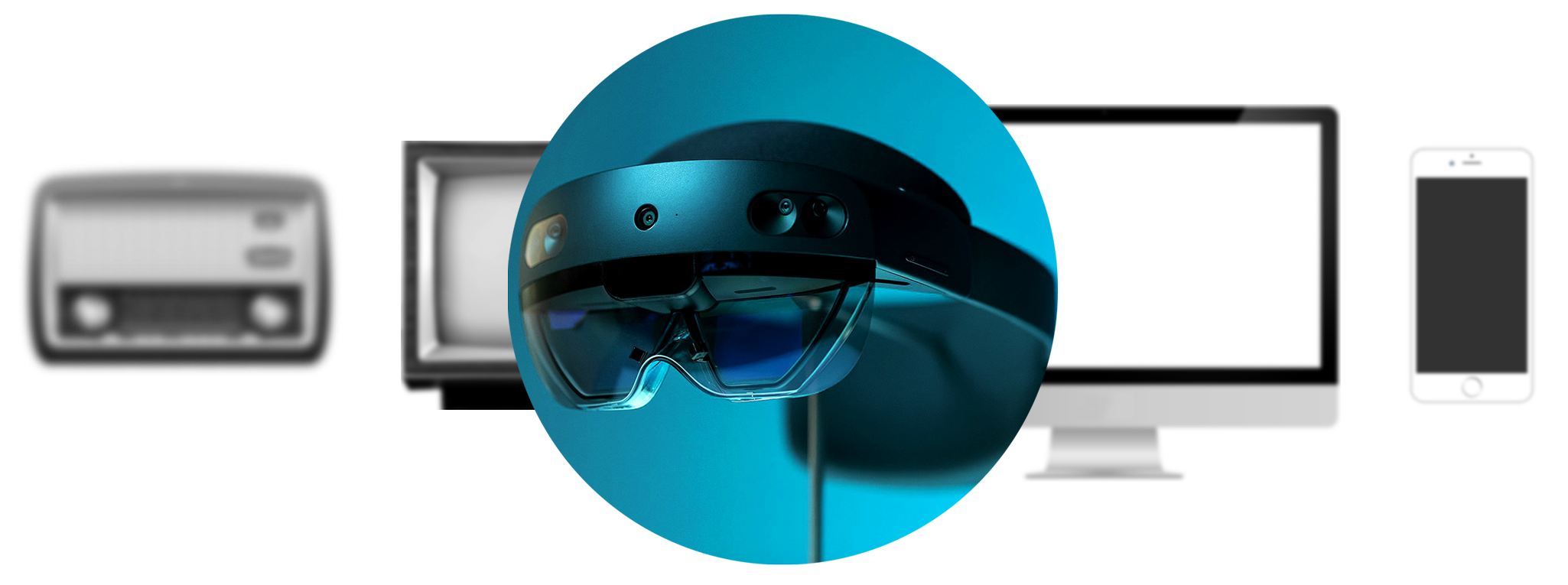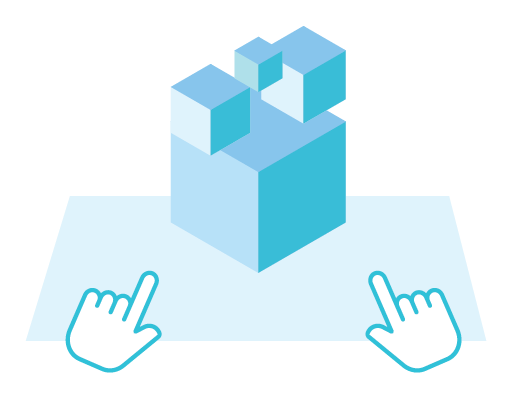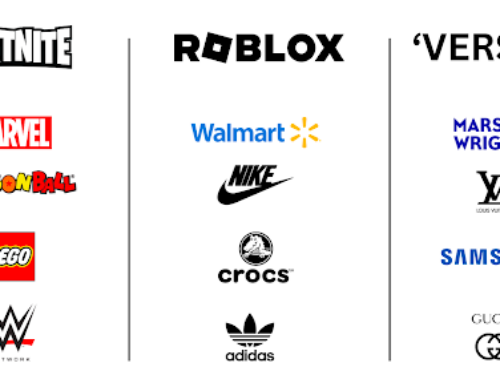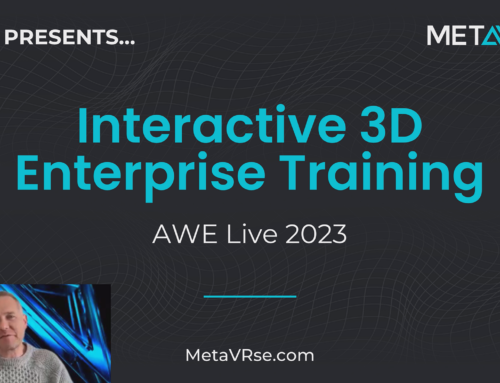XR, Web3, and the Spatial Future of the Internet
“Metaverse isn’t a thing a company builds. It’s the next chapter of the internet overall.” – Mark Zuckerberg
It’s been one year since “the metaverse” lit the internet on fire. But what is the metaverse? Put simply, it’s a whole new place where we can live, play, and work, with massive implications for the real world. Today’s smartphones are windows into a digital world we can only touch and poke, but the metaverse brings us into the digital world. Today’s XR technologies (virtual and augmented reality) and the infrastructure of Web3 are closer than ever to realizing the vision of the metaverse.
For those who are new to these technologies, we’ve put together a quick refresher on a few underlying technical concepts, and how the metaverse itself is being built on top of them.
What is XR?
XR is an acronym for “eXtended Reality,” an umbrella term for a whole group of technologies, designed around immersive ways users can interact with digital content. And by ‘immersive,’ we mean the space in which your interaction with the net takes place. In the early days of the Internet, it was the age of monitors – stationary screens you sat in front of to explore the web. As smartphones became abundant, suddenly the web could follow us, but it was still a two dimensional experience. XR aims to bring the third dimension to the web, and that three-dimensional web to – or more accurately, around – you. What we’re surfing with today could barely be distinguished from science fiction even just a few decades ago.
Some of those technologies include:
Virtual Reality (VR)
Virtual Reality describes technology designed to make you feel fully immersed in a digital space. Often achieved through devices like VR headsets and haptics, the ultimate goal is to make a user feel as if they’ve fully crossed over into a digital realm. We’ve been trying to make virtual worlds for decades, going back as far as the sixties. Nintendo’s Virtual Boy is a more recent (and disastrous) example. But to get an idea of what the VR wave of today – largely started by Oculus – looks like, picture the movie Ready Player One, or real-life software like Beat Saber or Facebook Spaces.
Augmented Reality (AR)
Augmented Reality is less about immersing you into a new world, but more about enhancing your world you inhabit with a digital layer of reality. AR tech is more device-agnostic, where it can be achieved with AR glasses or headsets, and also with the average smartphone. However you view it today, the ultimate dream is to make the device we experience AR through as inconspicuous as possible. We already have AR embedded in many common apps, like Snapchat and Pokémon Go, and it’s also common in workplace training tools.
Mixed Reality (MR)
Mixed Reality is just what it sounds like – it’s any technology that mixes elements of different XR tech together. In other words, it provides the ability to mash the real world together with imaginary places, layering the virtual overtop your living reality. Virtual try-on software, like that available at Nike’s FinishLine.com or the IKEA app, is a good example; it takes the virtual exploration of a real-world facsimile – in this case, let’s say a couch – and overlays it onto your real-life living room, to get a better idea of how it might look there if you decided to buy it.
What is Web3?
The World Wide Web has changed a lot over the years. In its infancy – Web 1.0, roughly 1991 to 2004 – the Web was a wild frontier, where there were few content creators actively making web experiences, and much of the Internet was crafted from simple HTML. Websites existed together, but usually in a vacuum – that is to say, there was very little compatibility between web pages, besides hyperlinks.
Web 2.0 came about as the web became more social and participatory, and websites began to become more interconnected, and widgets allowed services to embed inside other websites. This is the era where social media giants like Facebook and Twitter emerged, and people were able to build their own virtual communities. Still, those communities were built within platforms owned by big corporations, or grew to become corporate entities as a matter of necessity.
That’s essentially where the web has been until recently, with each major generation of web evolution including a massive broadening out of “what the experience is, and where it lives.” Much like how smartphones set the world on fire in the late 2000s, the introduction of XR and other technologies is transforming how we live, work, and play in the 2020s, launching the World Wide Web into its third iteration – Web 3.0 or simply Web3:
Credit: Business Insider
Along with the spacial boom of XR, technologies like blockchain have allowed the web to host decentralized ledgers and – perhaps as even more of a game-changer – tokens and currencies, like Bitcoin. Now, users can engage, interact, and exchange in ways never before imagined online. Bringing the transactional, data management layer of Web3 together with the immersive interfaces of XR hardware, we have the building blocks from which we can start to build the metaverse.
So where does the metaverse come in?
The metaverse is a place unlocked by XR technologies and driven by decentralized web3 tooling. Certainly, without virtual reality, augmented reality, mixed reality, and Web3, what has come to be known as “the metaverse” couldn’t exist. Each of these elements play an important role in the construction and function of the metaverse, while the whole is greater than the sum of its parts. We’ll discuss how the metaverse is born from these technologies in our next post.














